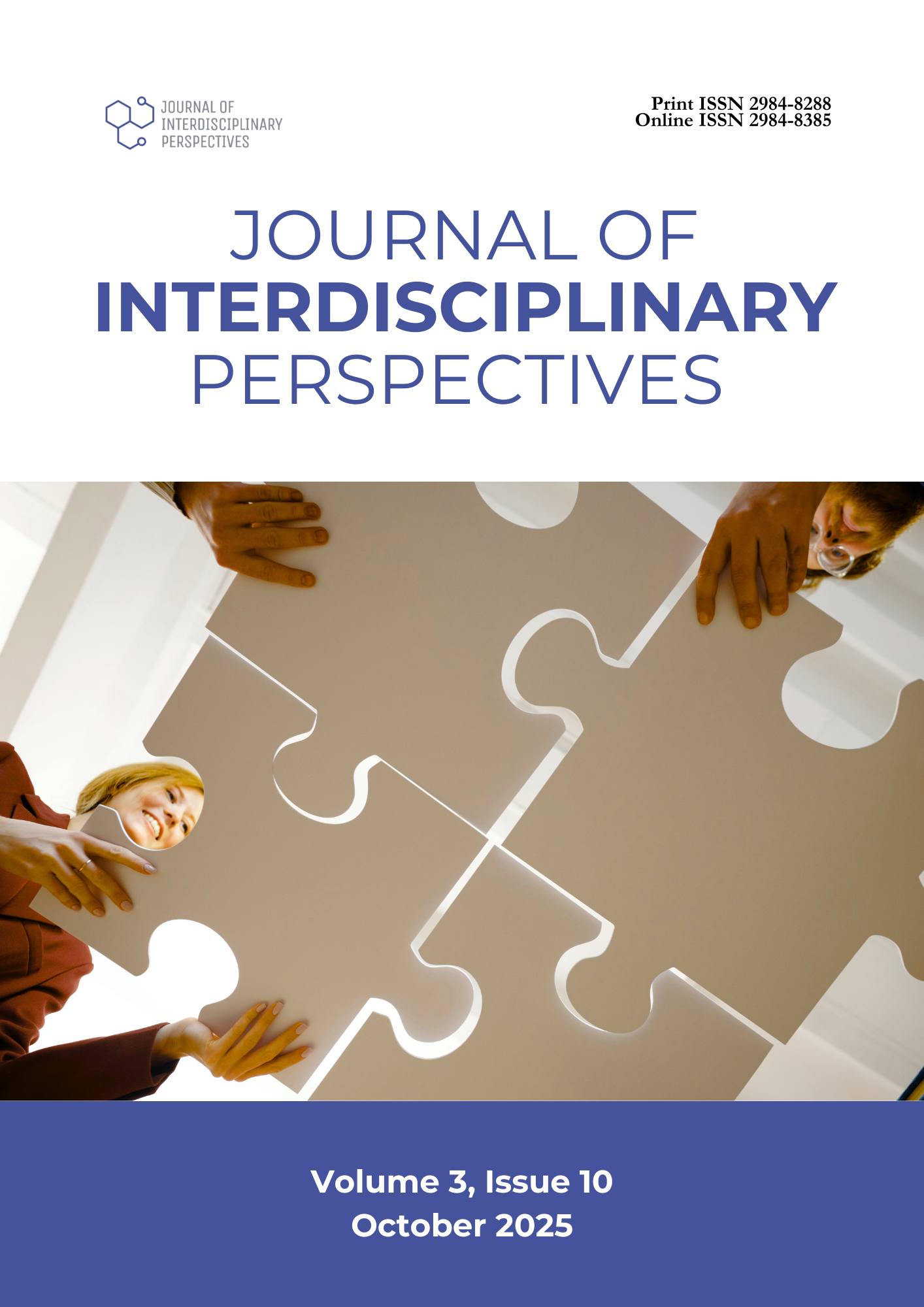Human-Centric Extension and Women’s Participation: A Longitudinal Study on Community Empowerment and Social Impact
DOI:
https://doi.org/10.69569/jip.2024.537Keywords:
Lessons learned, Mixed methods, Philippines, Community empowerment, Project assessmentAbstract
The success of any project relies on rigorous monitoring, evaluation, and timely assessment aligned with established goals. To this end, a team of researchers and extensionists assessed an extension project implemented by the State University’s research and extension unit in 2014. The study aimed to evaluate its impact on the social fabric of its beneficiaries, involving twenty-nine participants. A mixed-methods approach was employed, utilizing questionnaires, focus group discussions, SWOT analysis, and key informant interviews. Findings from the SWOT analysis aligned with regular monitoring and evaluation reports, offering critical lessons. However, only a minority of association members actively contributed, while others displayed indifference and engaged in gossip, which caused internal conflicts. Despite these challenges, beneficiaries expressed satisfaction with the program's outputs, including skills training, health education, computer literacy, advocacy programs, and livelihood initiatives. Both economic and social impacts were rated as satisfactory, demonstrating the project’s contribution to improving their social well-being. At its very least, the study highlights the need for renewed strategies to foster active participation and resolve conflicts within associations. Sustaining the project’s positive outcomes requires renewing the Memorandum of Agreement (MOA) before its expiration, ensuring continued support for the beneficiaries, and addressing the challenges identified.
Downloads
References
Abbadia, J. (2023). What is triangulation in research: The path to reliable findings. https://mindthegraph.com/blog/what-is-triangulation-in-research/
Ammakis, J. S. (2013). Evaluation of extension programs and services of the Kalinga-Apayao State College, Tabuk City, Philippines. International Journal of Advanced Research in Management and Social Sciences Vol. 2 No. 12. https://garph.co.uk/IJARMSS/Dec2013/22.pdf
Basics of Impact Assessments (2022). Impact Assessment of Canada. Government of Canada. https://tinyurl.com/42sh8wwh
Bhandari, P. (2022). Triangulation in research: Guide, types, examples. https://www.scribbr.com/methodology/triangulation/
Birrell, N. D. & Ould, M. A. (2010). Chapter 4 - Project Inception. Cambridge University Press. https://tinyurl.com/yvbjd277
Campbell, R., Goodman-Williams, R., Feeney, H., & Fehler-Cabral, G. (2020). Assessing triangulation across methodologies, methods, and stakeholder groups: The joys, woes, and politics of interpreting convergent and divergent data. American Journal of Evaluation, Vol. 41(1) 125-144. https://journals.sagepub.com/doi/pdf/10.1177/1098214018804195
CHED Memorandum Order 52, series of 2016. From https://ched.gov.ph/2016-ched-memorandum-orders/
Codamon-Dugyon, E. M. (2016). Impact of community extension programs on the residents of selected adopted barangays of Ifugao State University, Philippines. International Journal of Advanced Research. https://tinyurl.com/33nanjbt
Christens, B. D., & Lin, C. (2021). Power in numbers: The role of social power and collective action in community change. American Journal of Community Psychology, 67(1-2), 103–115. https://doi.org/10.1002/ajcp.12500
Frazer, S. (2021). How inception phases strengthen development programming. https://www.rti.org/insights/inception-phase
Gadlage & Manos, (2020). Implementation, phases, and project management. SpringerLink (Chapter 4). https://link.springer.com/chapter/10.1007/978-3-030-46812-5_5
Guy-Evans, O. (2022, June 06. Social Impact Theory. Simply Psychology. www.simplypsychology.org/social-impact-theory.html
Hogg, M. A. & Tindale, S. (2008). Shared cognition in small groups. Blackwell Handbook of Social Psychology: Group Processes; John Wiley & Sons, p.239.
Larese-Casanova, M. (2017). Measuring program impacts: Assessment of participant knowledge gain. Utah State University Extension Publication Utah Master Naturalist/2017-02pr. https://tinyurl.com/2s3zyu6w
Latané, B. (1981). The psychology of social impact. American Psychologist. 36 (4): 343–356.
Latané, B. (1996). Dynamic social impact: The creation of culture by communication. Journal of Communication, Volume 46, Issue 4, pages 13–25, https://doi.org/10.1111/j.1460-2466.1996.tb01501.x
Llenares, I. I. & Deocaris, C. C. (2018). Measuring the impact of a community extension program in the Philippines. Malaysian Journal of Learning and Instruction, Vol. 15 No. 1, 35-55 https://tinyurl.com/25jfmdx9
Luciano, R. G. & Olipas, C. N. O (2022). Impact assessment on the technology-based extension projects: A basis for designing sustainable extension activities. Path of Science: International Electronic Scientific Journal. https://pathofscience.org/index.php/ps/article/view/1672
Malahay, R. S. (April 2019). Assessment of capability building community extension program in Negros Oriental, Philippines. International Journal of English and Education ISSN: 2278-4012, Volume, Issue. https://tinyurl.com/928v5jy6
Milat, A. J., Bauman, A. E., & Redman, S. (2015). A narrative review of research impact assessment models and methods. Health Research Policy and Systems, 13, 18. https://tinyurl.com/bddcya2r
Nimer, B. B. & Pacoy, E. P. (2020). Evaluating an extension program through the lens of the human security approaches. https://tinyurl.com/5n7v7f5j
Sibal, C. A. & Elizaga, J. B. (2019). Impact assessment of the extension program of the College of Public Administration, Cagayan State University, Carig Campus. International Journal of Advanced Research, vol. 8, no. 6. ISSN: 2278–6236. https://garph.co.uk/IJARMSS/June2019/G-2682.pdf
Smith, J., Wyatt, R., & Love, P.E.D. (2008). Key decision-making attributes for project inception. Facilities, 26(7/8),289–309. https://tinyurl.com/2f9e42zj
Tallapaka, M. (2022). Project management methodologies- linear and iterative. https://tinyurl.com/mr3e8nhu
Vogel, I. (2022). Review of the use of ‘Theory of Change’ in international development. UK Department for International Development. https://tinyurl.com/mwzc6by5
Weiss, C. H. (1995). Nothing as practical as good theory: Exploring theory-based evaluation for comprehensive community initiatives for children and families. In J. P. Connell, A. C. Kubisch, L. B. Schorr, & C. H. Weiss (Eds.), New approaches to evaluating community initiatives: Concepts, methods, and contexts (pp. 65–92). Aspen Institute.
Zimmerman, M. A. (2000). Empowerment theory: Psychological, organizational, and community levels of analysis. In J. Rappaport & E. Seidman (Eds.), Handbook of community psychology (pp. 43–63). Springer. https://doi.org/10.1007/978-1-4615-4193-6_2
Downloads
Published
How to Cite
Issue
Section
License
Copyright (c) 2025 Journal of Interdisciplinary Perspectives

This work is licensed under a Creative Commons Attribution-NonCommercial 4.0 International License.








